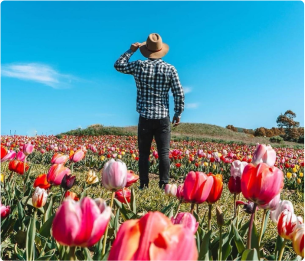
Sinis
On the central west coast of the island is an unspoiled paradise recognized by the European Commission as the perfect Eden destination, a unique natural environment where you can do any outdoor activity all year round. In the Sinis Peninsula and Mal di Ventre Island Protected Area, established in 1997 and covering approximately 26,000 hectares of Cabras territory, a diverse collection of land and lake habitats gently slopes down to beaches and cliffs. In the south, the coastal strip starts from the promontory of Capo San Marco, develops with the rocks and soft sand of San Giovanni di Sinis and the quartz sand of Mari Ermi, Is Arutas and Maimoni up to the cliffs of Su Tingiosu. Just below Capo Mannu, the northern border, you will find the salt flats and Putzu Idu beach. The quartz granules of coastal pearls come from the weathering of rocks: a story that began 600 million years ago on the Mal di Ventre. The island, together with the Catalan Rock, an interconnected granite plateau colored with coral, is a nature reserve where seabirds nest, and turtles and cetaceans live. Sandy bottoms and meadows of Posidonia algae are inhabited by fish, molluscs and crustaceans. The submerged landscapes are ideal for snorkeling and underwater photography, besides the natural wealth, also because of the presence of wrecks from every period: Roman, Spanish and 20th century ships, including a 36-meter long one, submerged between 80 and 50 BC, with 2,000 lead ingots. In the immediate inland, the sand dunes give space to the Cabras ponds, one of the largest and most productive marsh ecosystems in Europe, home to pink flamingos. In the marine area, you can try fishing on craft boats or sail along the routes of the Phoenicians. Thanks to the mistral wind, the are of Sinis is also ideal for kitesurfing and windsurfing all year round. In addition, it also offers relaxing experiences in contact with nature, on foot and by bike. To follow the prehistory and history of Sinis, head to the southern end, to Tharros: it was a nuraghic village, a Phoenician colony, a Carthaginian port, a city in Roman times, a capital in the Byzantine era, and finally the first capital of the Judicate of Arborea. At the Cabras Museum you will witness one of the most extraordinary archaeological discoveries: the statues of the Giants of Mont’e Prama (from the 8th century BC). Also worth a visit is the hypogeum of San Salvatore, destination of unique antic procession, that takes place always at the beginning of September: the Corsa degli Scalzi, one of the most evocative feasts on the island.



